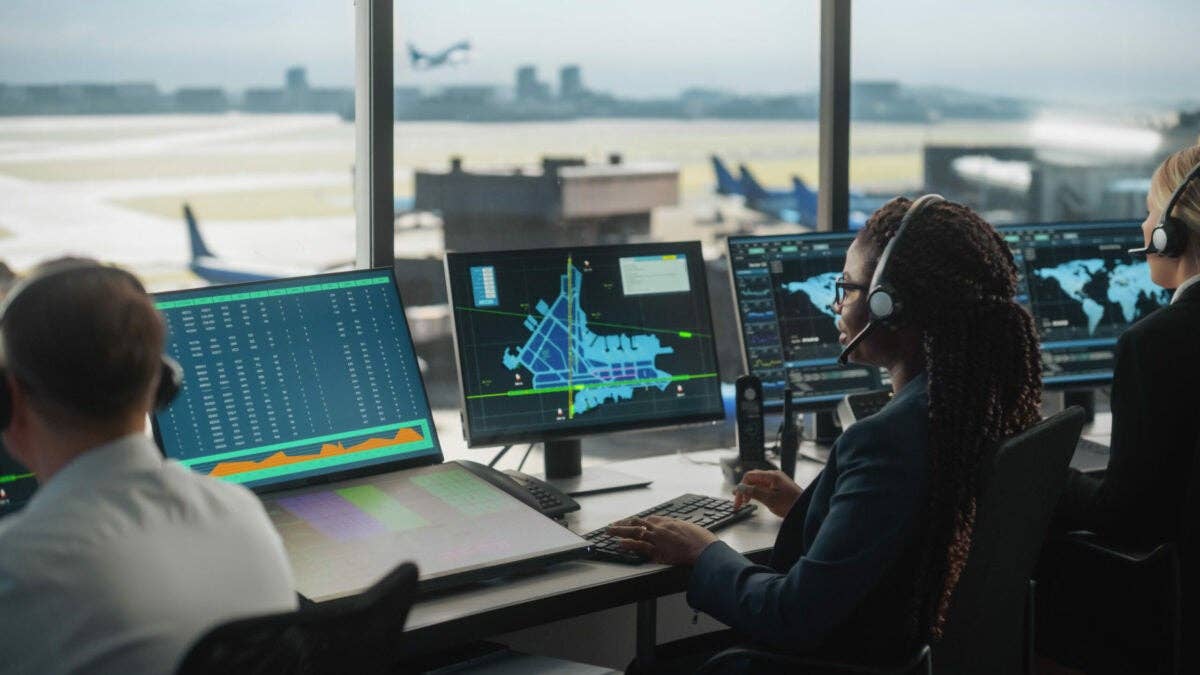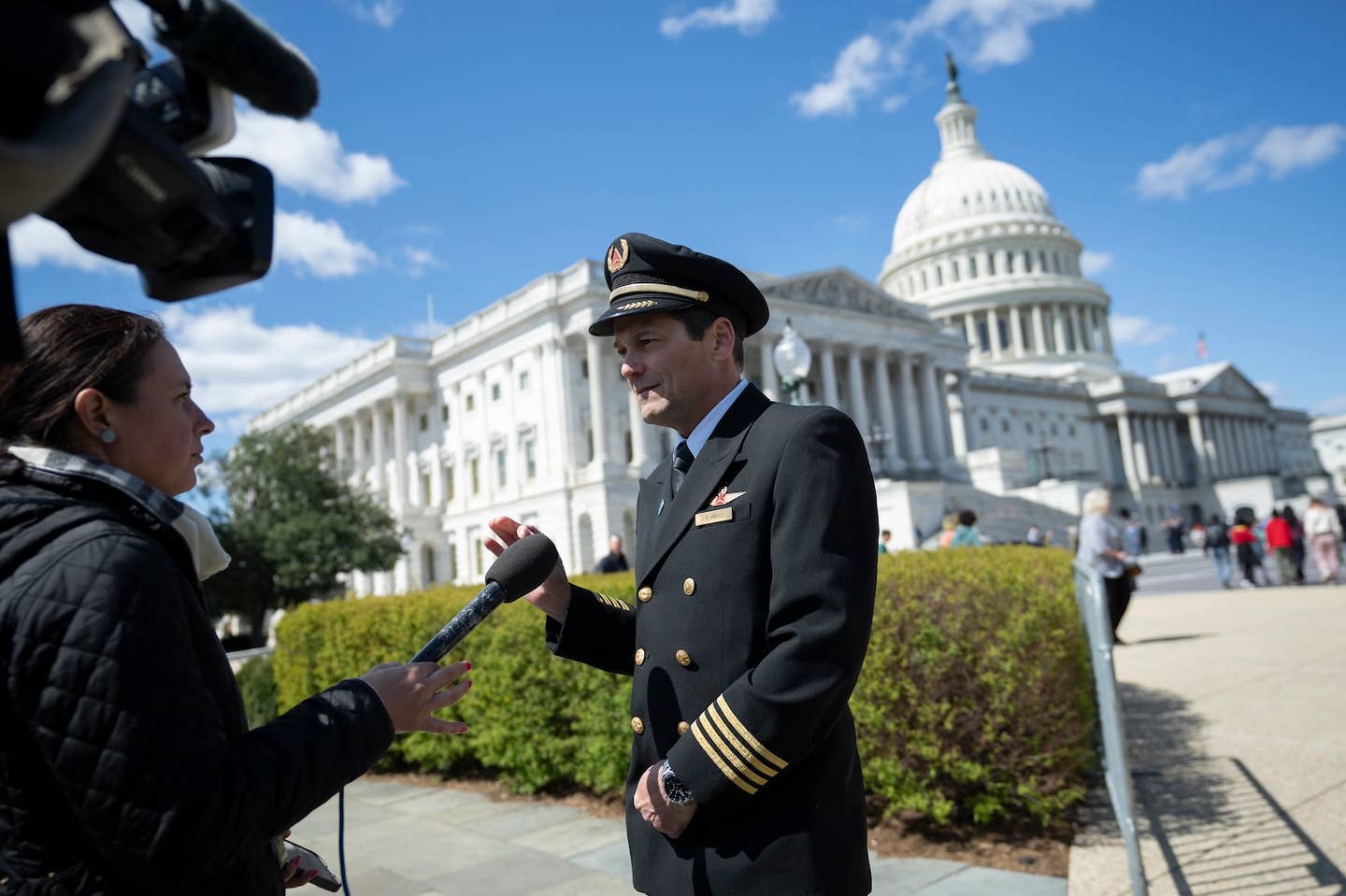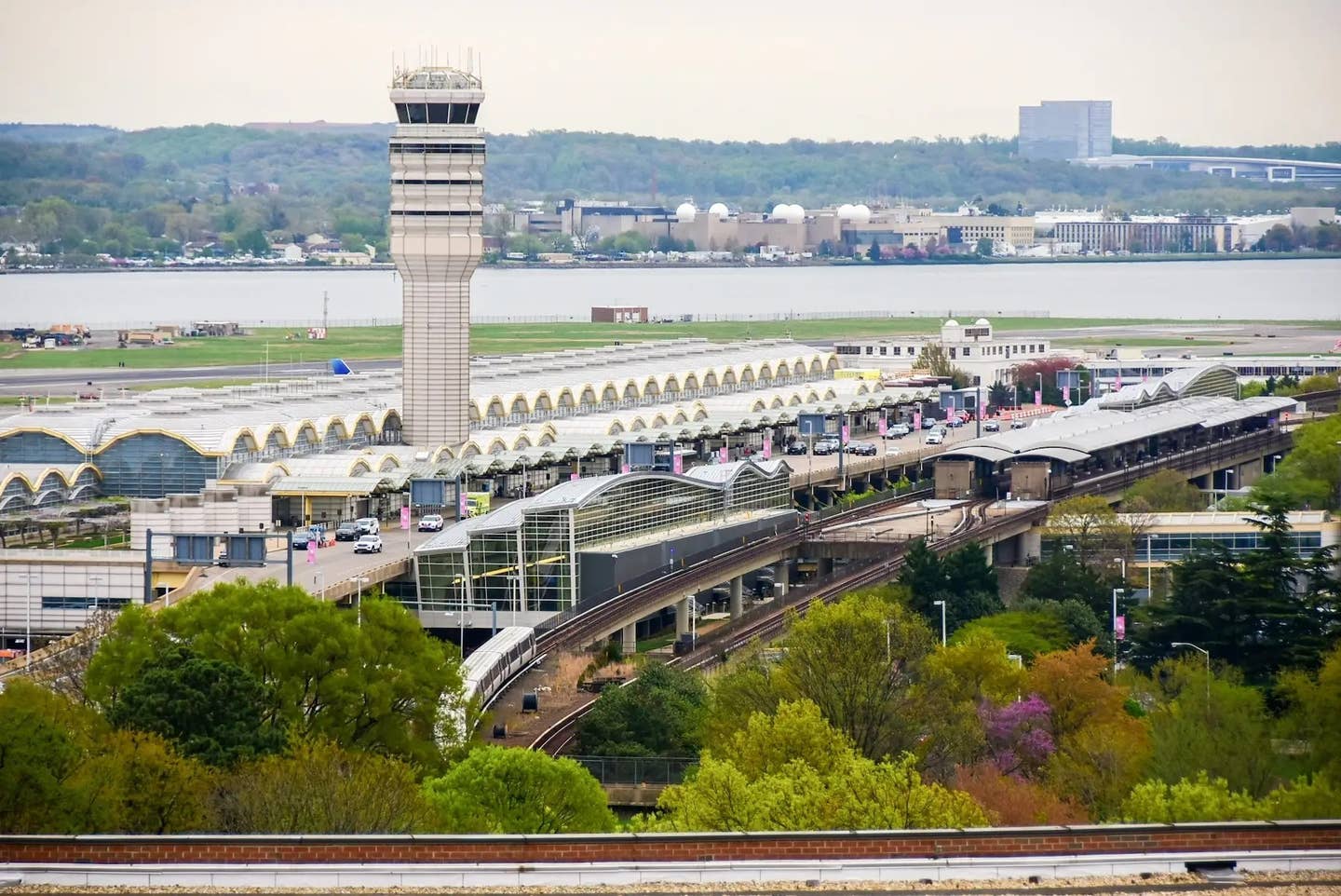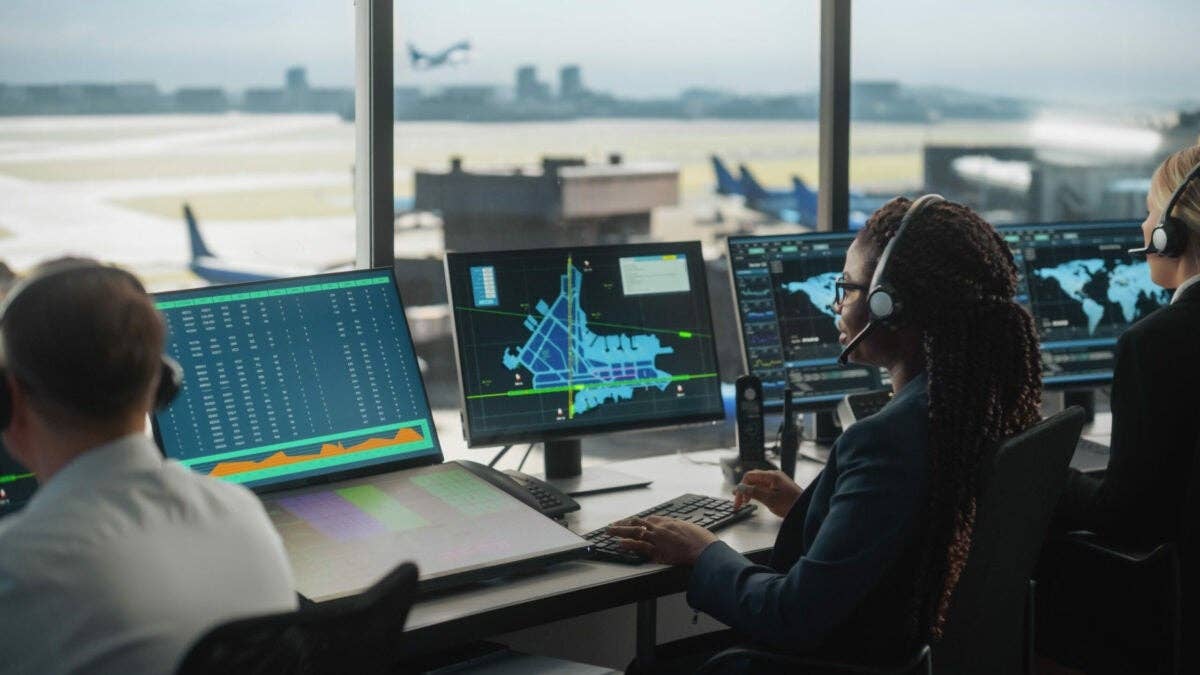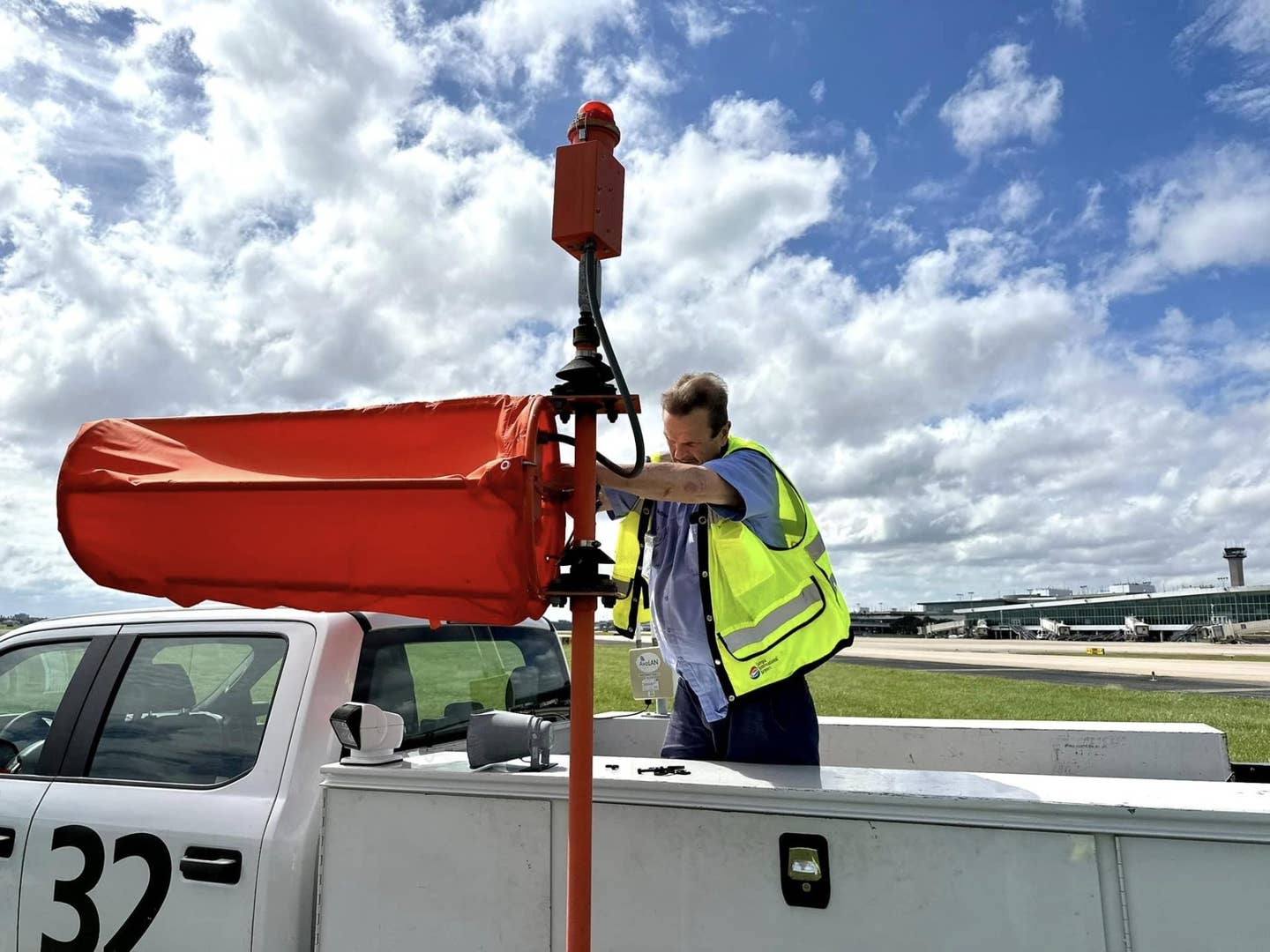How to Become an Aerobatic or Airshow Pilot
It’s a dream for many, but extensive training and learning new skills are the key to attaining that goal.

AeroShell Aerobatic Team [FLYING File Photo]
Aerobatic pilots stand out in the aviation field. They showcase incredible skills and strength, and attract many to aviation.
Becoming an aerobatic or airshow pilot is a dream for many, but there are many steps to go through to achieve that goal.
Start With Primary Pilot Training
As with becoming any type of specialized pilot, the first step to becoming an airshow pilot is to become a private pilot. Such training teaches the basics of aircraft control, energy management, and aeronautical decision making.
Many airshow pilots also consider getting a commercial pilot certificate, regardless of whether they plan to fly in the events for a living. The additional training provides more expertise and aircraft control, and it builds upon the concepts learned during private pilot training to make an aviator more complete and well-rounded.
Specialized Aerobatic Training
After primary training, aerobatic pilots then need to go through aerobatic pilot training to hone their stunt skills.
A number of flight schools around the country provide acrobatic training in aircraft such as the Cessna Aerobat, Pitts Special, or American Champion Decathlon.
- READ MORE: How to Become an Air Cargo Specialist
In addition to special training, aerobatic flight schools employ instructors with significant experience flying acrobatics. Real-world experience is a great benefit to help newer pilots learn the trade of aerobatic aviation.
To become a stunt pilot, one should complete training with an aerobatic instructor on top of the requirements to achieve an FAA pilot certificate. It is recommended that aerobatic training not be completed until a pilot receives their primary training and certification to make the process of becoming a stunt pilot easier.
No additional FAA exam is required to become an aerobatic pilot; pilots only need aerobatic training to be able to act as aerobatic pilots. When a pilot feels confident in their ability to perform aerobatics, they are eligible to practice solo and pursue demonstrating in airshows.
Maintaining proficiency as a stunt pilot is no easy feat.
A pilot should practice regularly to make sure their skills, decision making, and reaction times stay sharp. This is especially important for pilots performing at airshows or flying in formation with other aerobatic aircraft.
Career Opportunities for Aerobatic Pilots
Some stunt pilots are happy to fly only for themselves. They may enjoy the adrenaline of flying aerobatics or want access to a unique sector of aviation not available to all.
However, some decide to continue into a career as an aerobatic pilot. Many go on to fly as instructors or in fields such as aerial photography or film. Still others become test pilots, flying new or modified aircraft to ensure their performance and safety.
Again, flying in airshows is a top attraction for many stunt pilots. Some airshows are operated by volunteers flying antique or unique aircraft, while others are professional pilots who tour the country—or world—as part of an act. Major airshows across the country attract hundreds or thousands of paying viewers excited to witness a special facet of aviation.
Some stunt pilots are even sponsored by companies or branches of the military. Acrobatic flying can be such a spectacle that planes painted in certain colors can bring significant visibility in key demographics.
In addition, large companies and the military are among the few who have the resources to fund and maintain fleets of aerobatic aircraft, often jets, as they tour.
Resources to Start Training
There are a number of organizations that help pilots work toward acrobatic training and maintain proficiency as stunt pilots.
The International Aerobatic Club (IAC), for example, sponsors events and educational programs to help pilots attain and maintain their aerobatic proficiency. The Experimental Aircraft Association (EAA) is also a great place to make connections with pilots who have the knowledge and skills to help with aerobatic training.
Local pilots will know the best places to start aerobatic training. Participating in local IAC and EAA chapters, or stopping in at the local FBO, could help prospective pilots learn more about how and where to get started.
A great way to test out aerobatic flying is to visit a flight school with planes that can perform basic spins.
- READ MORE: How to Become an Aerial Photography Pilot
Every flight instructor in the U.S. is required to complete spins during their instructor training and thus have experience with the maneuver. Getting flight time practicing spins can help pilots decide whether acrobatic flight is a path they would like to pursue more in depth. If not, simply practicing spins can provide an adrenaline rush and help pilots hone their basic airmanship.
Ultimately, acrobatic flying is an exciting path to take. Whether you want to pursue acrobatics as a career or simply want to learn to improve your flying skills, there are resources across the country to help you pursue your passions.
Acrobatics help you learn energy management in new ways usually not accessible to standard category airplanes and can help you apply a wider variety of principles to your day-to-day flying.

Sign-up for newsletters & special offers!
Get the latest FLYING stories & special offers delivered directly to your inbox


